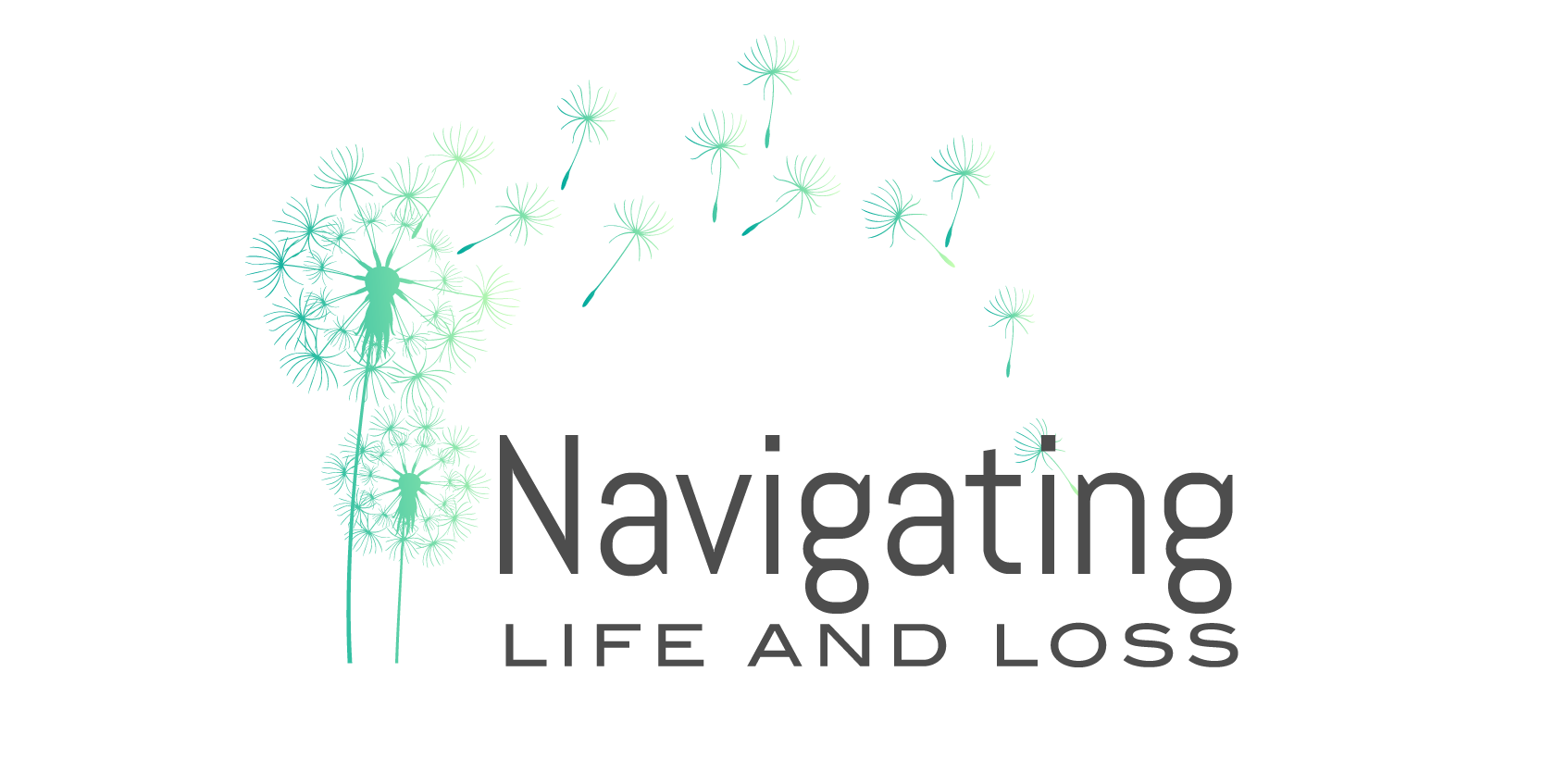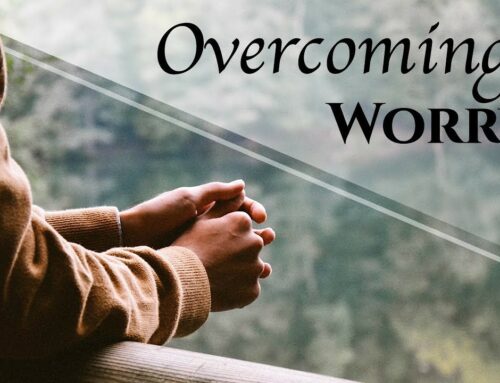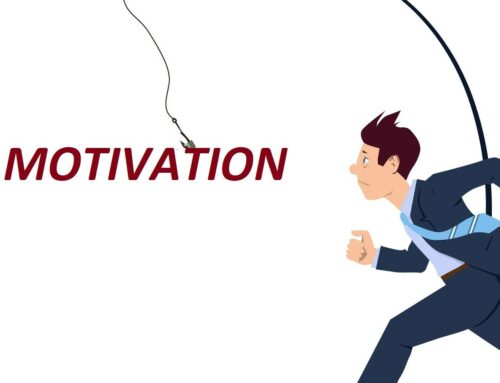
Navigating Distress Tolerance
Heili Lehr, MA, LPCC – www.navigating-loss.com
Do you frequently find yourself at the “end of your rope”, feeling that if one more thing goes wrong, you are going to completely lose it? Maybe you are reacting more emotionally or harshly than you would like in certain situations? Or are you at the other end of the spectrum where it all gets to be too much and you just can’t quite get out of bed, or off the couch, and you just end up feeling lethargic, uninspired, stuck and listless?
What can I expect to gain from cultivating Distress Tolerance?
Cultivating an ability to better tolerate distress will give you a greater ability to resist impulsive action, find ways to self soothe in healthier ways, feel greater compassion toward yourself and others, and be more secure in your relationships. If we do not learn ways to better manage our distress, we end up avoiding it, engaging in unhealthy self-soothing (overeating, substance use, mindlessly scrolling our phones), and you pay a price for avoidance. If you are always trying to feel good at any cost, this can leave you feeling guarded, hyper-vigilant, easily triggered, closed off and with an impaired ability to connect to others. Avoidance can cause you to make impulsive decisions that are not in congruence with how you want to show up for yourself and in your relationships.
The Difference between Stress and Distress
We all need a certain amount of stress in our lives to feel challenged and activated. Stressors can be a motivational call to action, and a necessary component of pushing and asserting yourself to high performance. Distress occurs when your stressors exceed your zone of tolerance. Your body and mind become compromised, and stress hormones like cortisol and adrenaline are released pushing you into fight, flight or freeze mode. Your nervous system goes on high alert and affects your heart, sleep and your gastrointestinal system. Therefore, the goal is not to eliminate stress, but to manage it back into your zone of tolerance.
Picture this zone as a bell curve on which you can plot your stress vs. efficiency level. In the right tail is hyper-arousal – too much stress, you feel scattered, overwhelmed and unproductive. In the left tail is hypo-arousal – you feel lethargic, unchallenged, and unproductive. At the top of the curve is your optimal zone or “sweet spot” where you feel productive, activated, engaged, energized, and centered.
Getting Yourself in the Zone
If you find yourself outside of this optimal, sweet spot zone, and living in the tails of hypo or hyper arousal, there are several techniques you can use to dial up from hypo-arousal or dial down from hyper-arousal to bring yourself “into the zone”. The first step is to be able to recognize when you are in the tails, usually there are some physical sensations associated with it (extreme tiredness, feeling anxious, annoyed, angry, overwhelmed). These can be your “alarm clock” to let you know it is time to pull out your toolbox and dial up or down to get yourself back in the zone.
Once your alarm has gone off, use the acronym STOP:
S – Stop whatever you were about to do or say, take control before your emotions take over and cause you to act without thinking. Say “hold on, give me a minute” if you are feeling activated while interacting with someone else.
T – Take a step back, pull outside of the situation, take a centering breath, let go of any need you may be feeling to act impulsively.
O – Observe with non-judgmental curiosity what is going on both internally and externally. What is the situation, what thoughts and feelings are coming up? Is this an external situation that needs my attention or is it my internal reaction to what is happening that needs adjustment?
P – Proceed with intention in deciding what to do next. Ask yourself – is what I am about to do going to make the situation better or worse? Will it harm or help this relationship? Is there something I could do in this moment that will be wiser, more thoughtful, or more in congruence with how I want to show up? Or is this something I need to table until I can more carefully consider my options?
Cultivating distress tolerance is a practice, you will need to build a personal toolbox of readily available go-to things that work for you to dial up and down into your window of tolerance. Discover self-soothing techniques that will help you turn the dial down from hyper-arousal (mindfulness, imagery, music, sounds) or activation techniques to turn the dial up from hypo-arousal (movement, novelty, humor, a mantra). It is important to be patient with yourself and keep trying things until you land upon some strategies that work for you.
If you are struggling with “living in the tails” and finding your way into your optimal zone of tolerance, I can help you build your personal toolbox of things that will help you dial up or down in ways that work for you. Visit me at www.navigating-loss.com.





Leave A Comment
You must be logged in to post a comment.